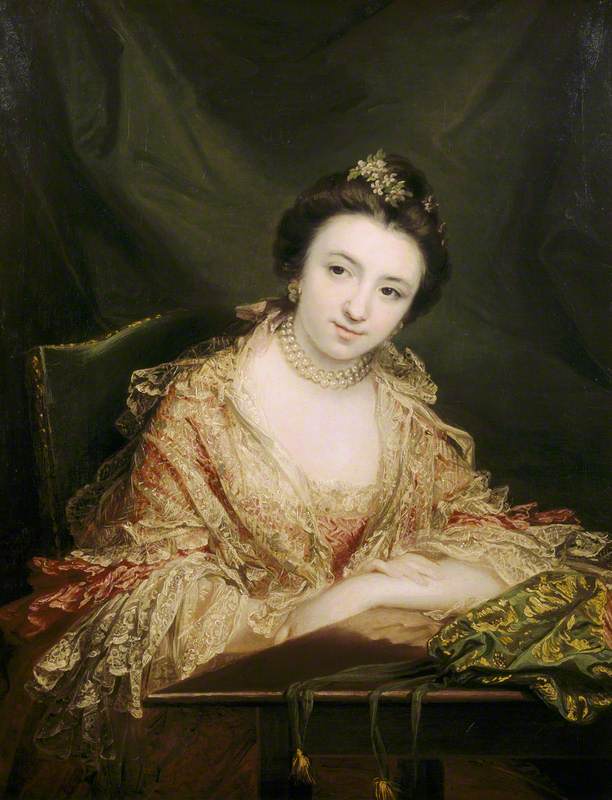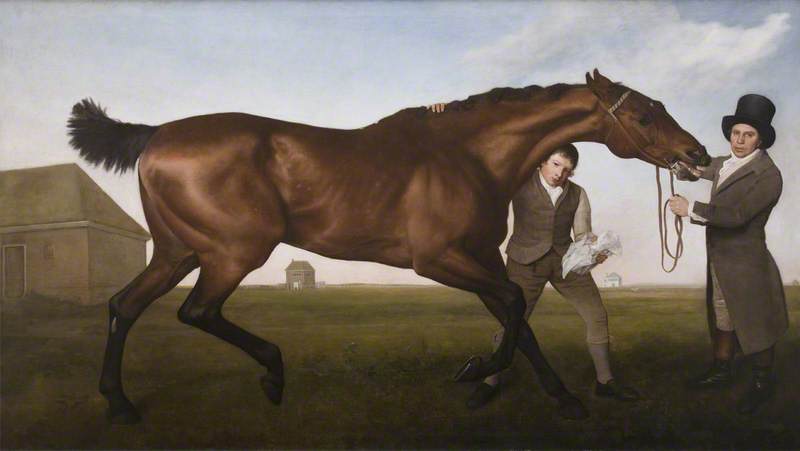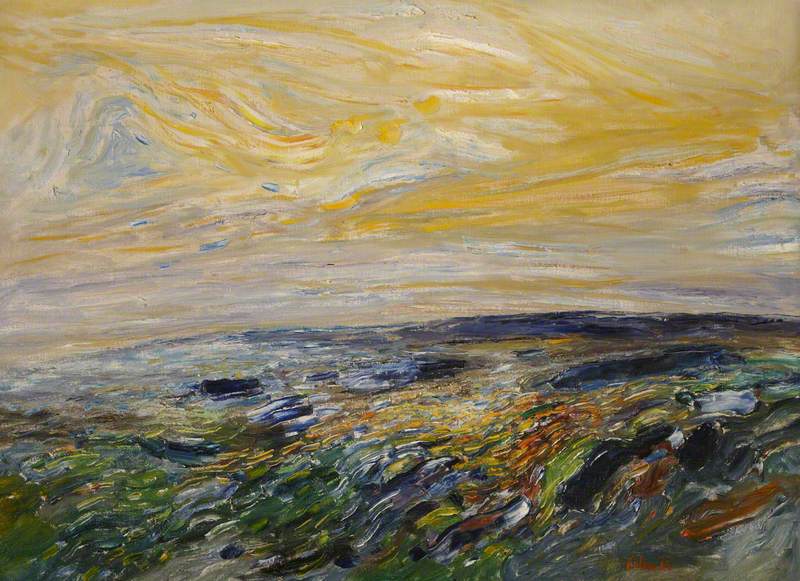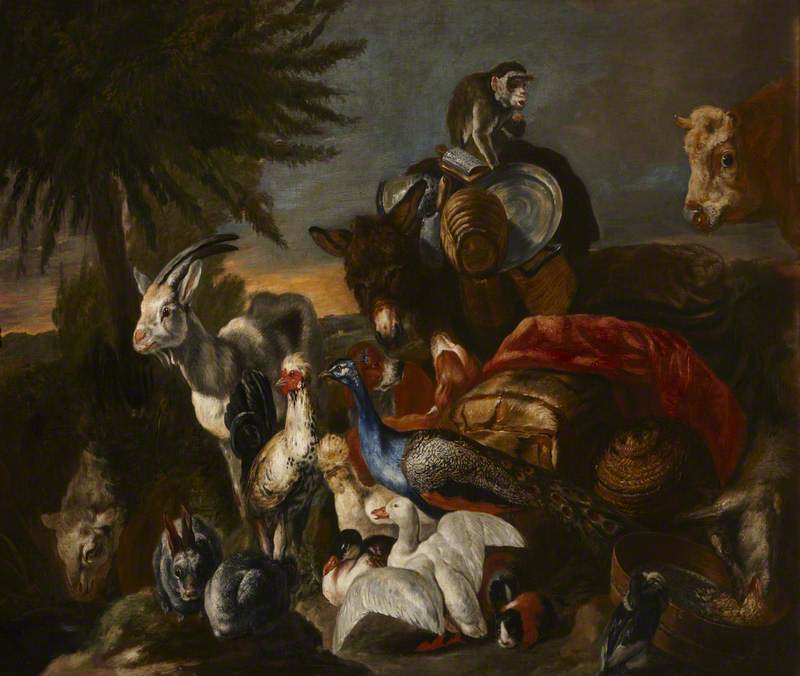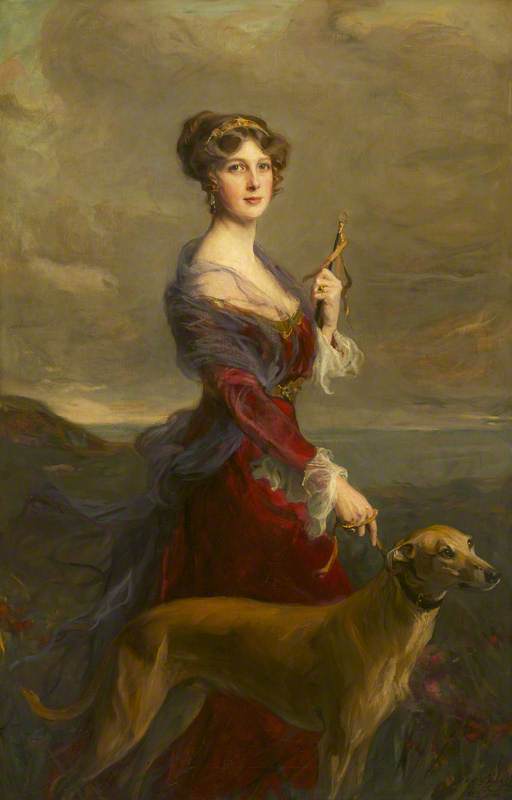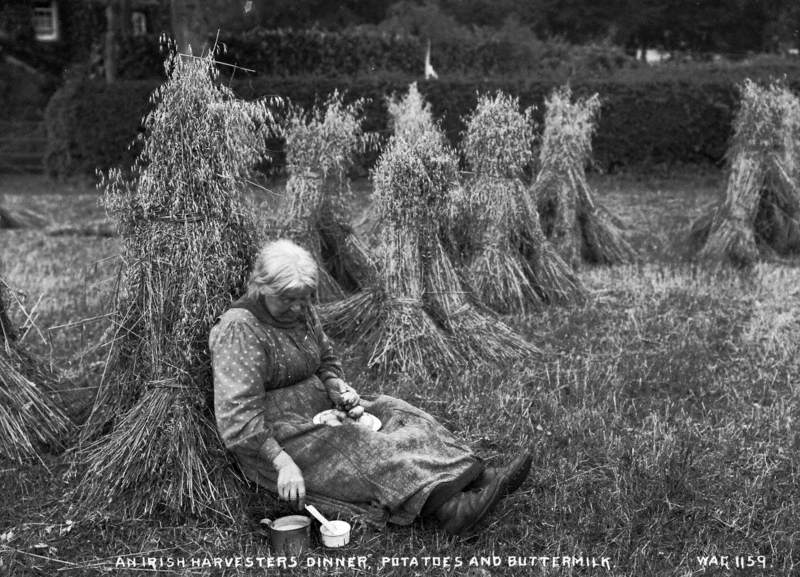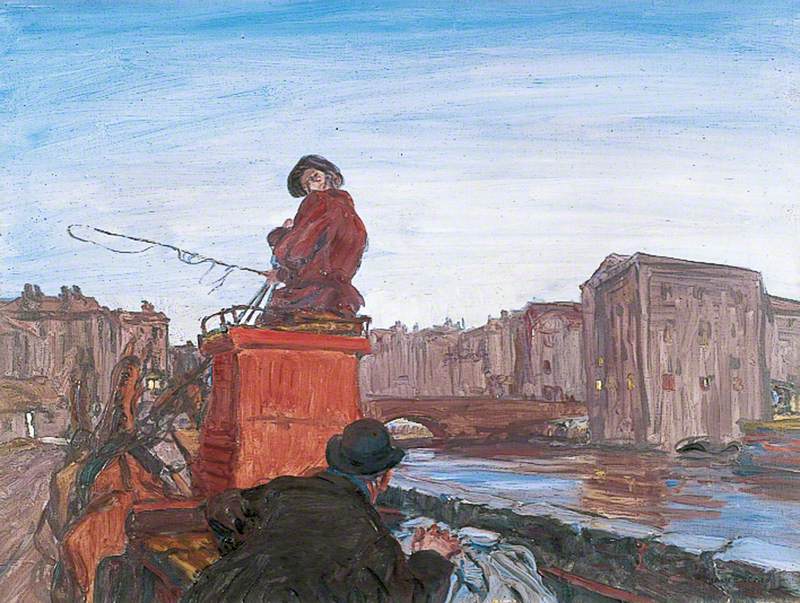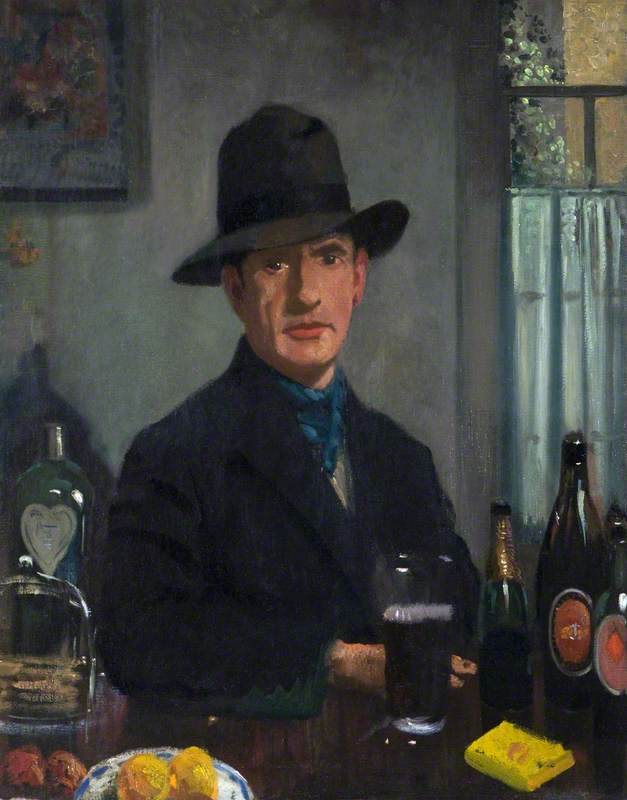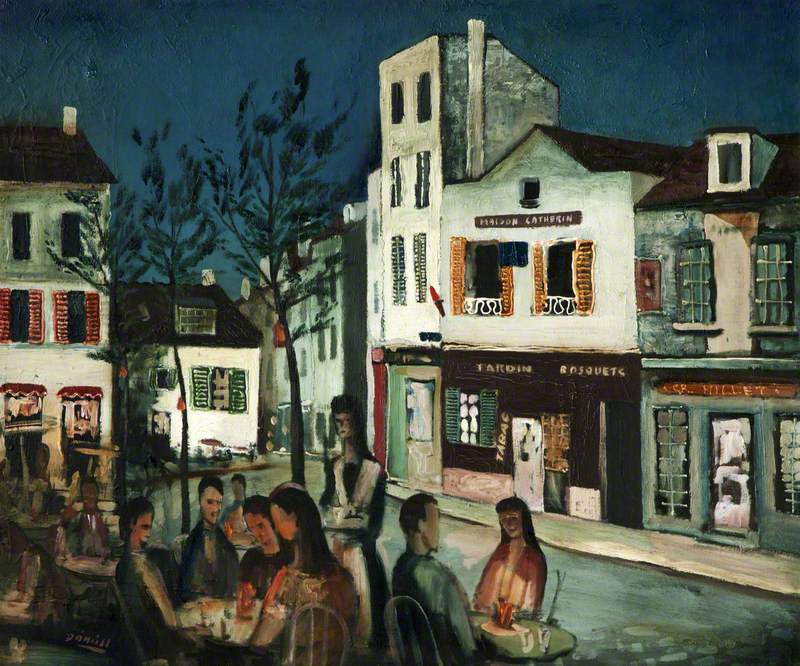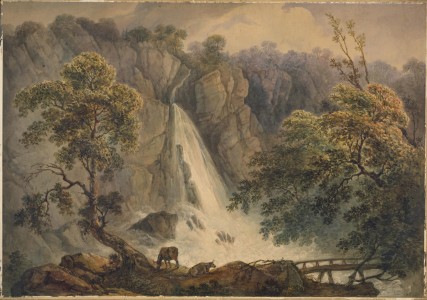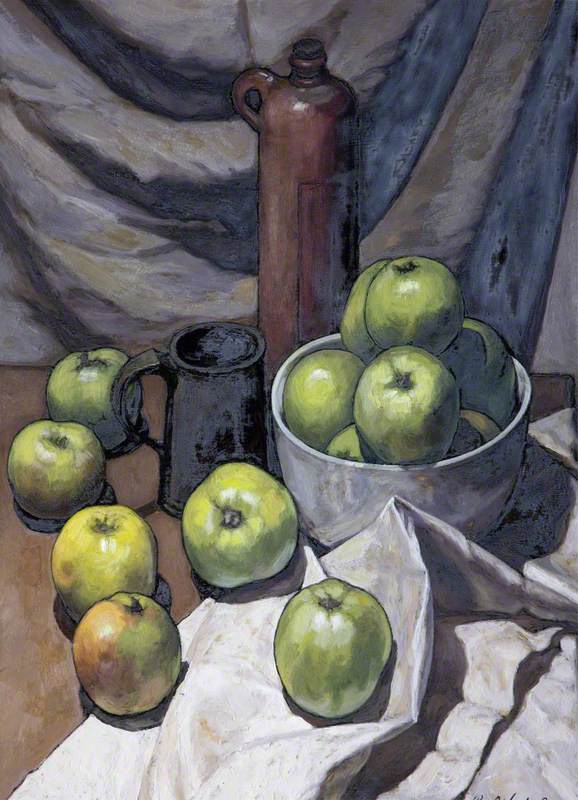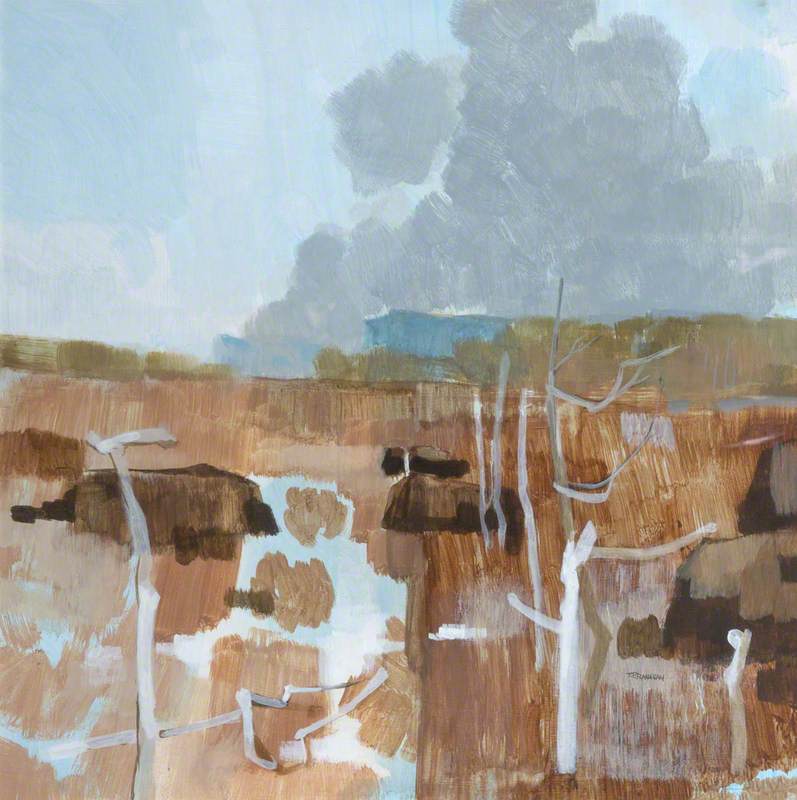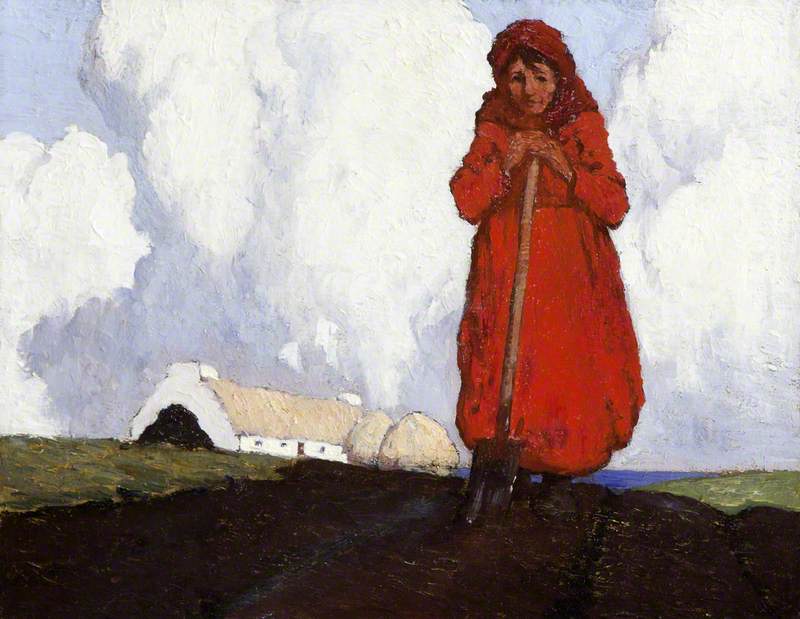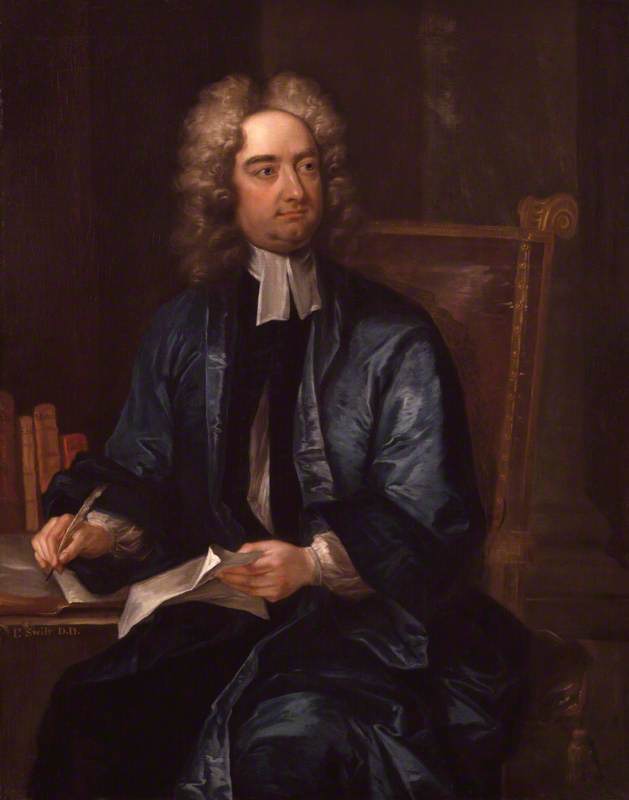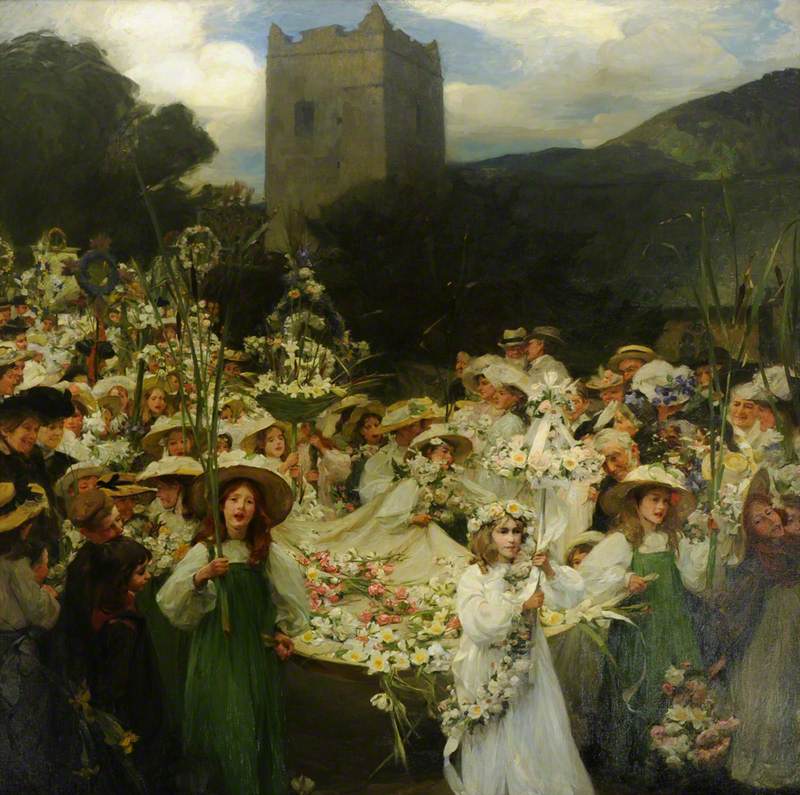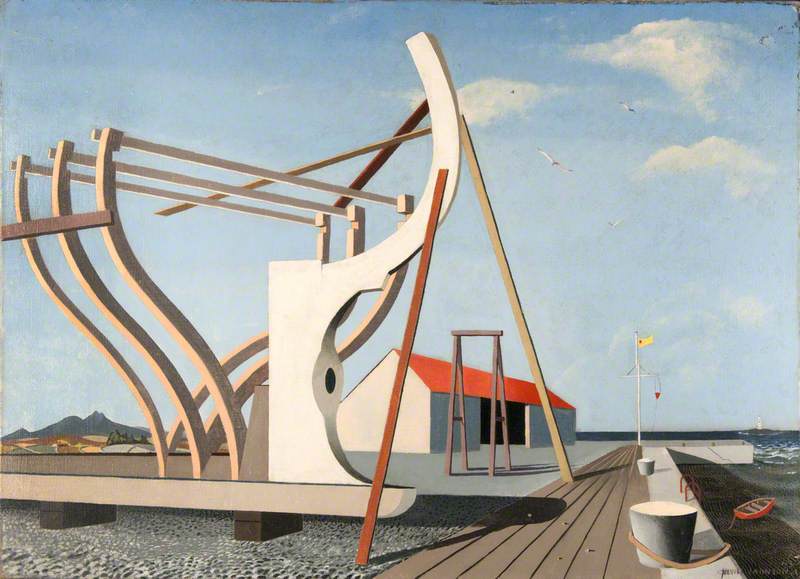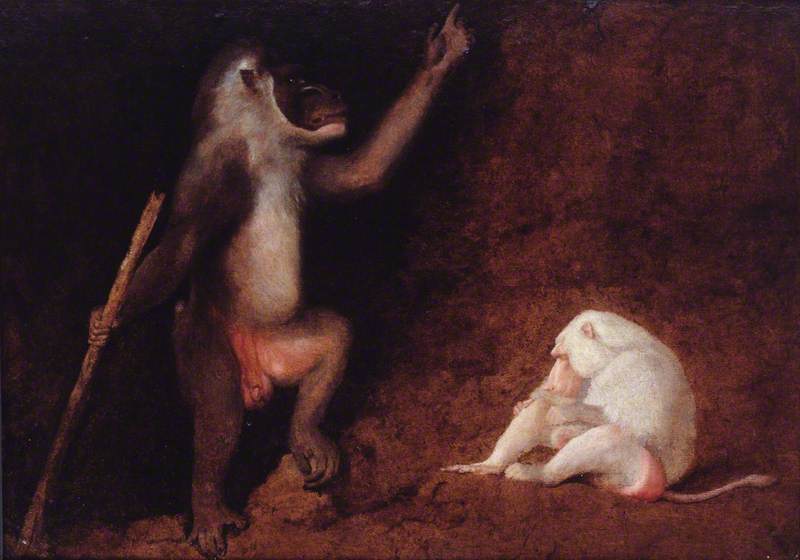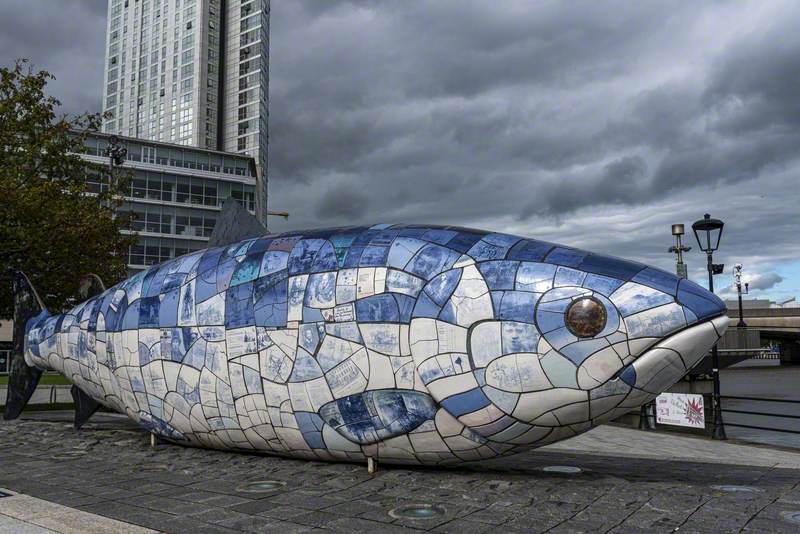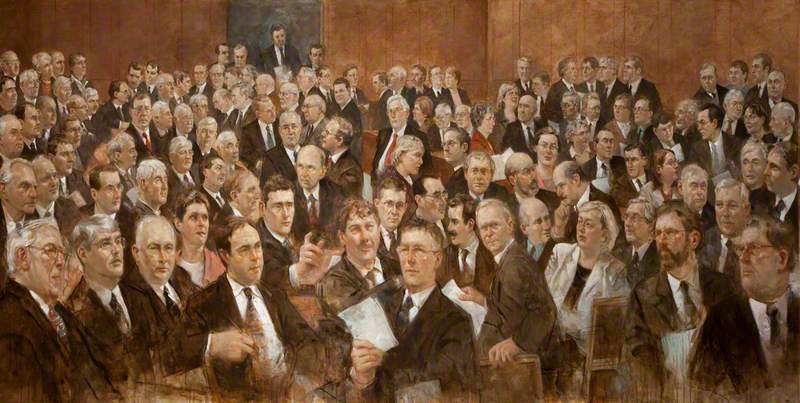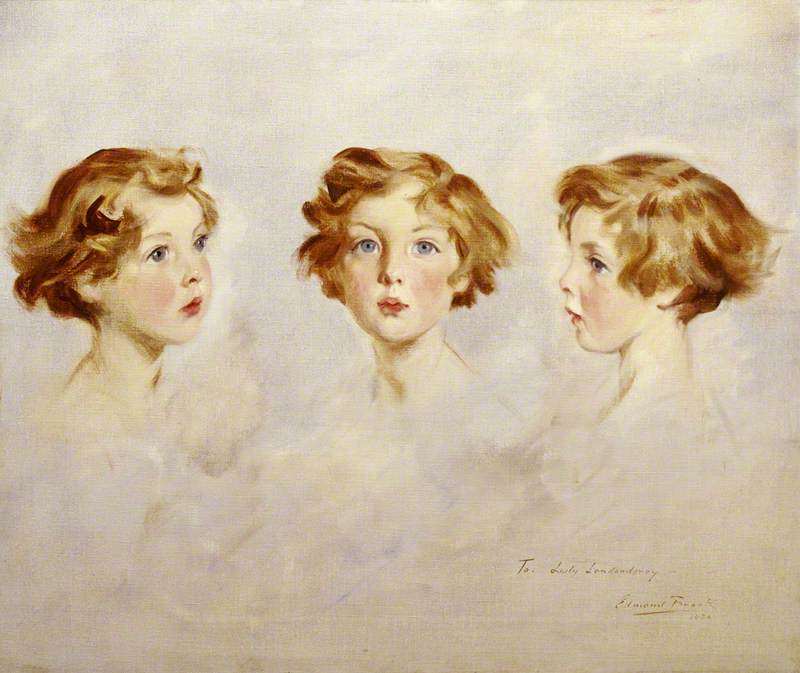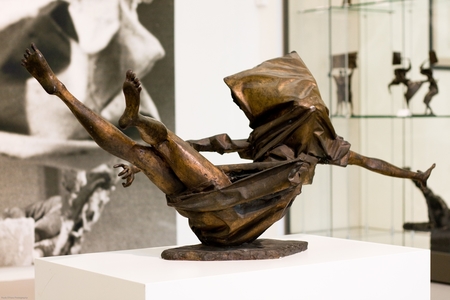There are over 600 oil paintings with the National Trust in Northern Ireland. They are part of the fine art collections of seven properties. Although many are still owned by the donor families, they're also accessible to the public.
Here is a brief selection of notable works from these collections.
'Hambletonian', Rubbing Down
Celebrated horse painter George Stubbs painted this celebrated thoroughbred after a close race at Newmarket, Suffolk, in 1799.
The horse's owner won 3,000 guineas, but the 75-year-old artist had to sue for his 300-guinea fee – equivalent to roughly £10,000 today. The 12-foot-wide picture depicts the horse naked but supreme, attended by a groom and stable boy.
Stubbs has deliberately shown the horse, Hambletonian, in the final stages of exhaustion, though without the wounds inflicted by the jockey's crop.
An Ulster Landscape
A damask and theatre set designer by trade, Colin Middleton trained at Belfast College of Art, where he later taught. He also exhibited at the Royal Hibernian Academy in Dublin throughout his life.
This free and vibrant painting shows the influence of Vincent van Gogh whom Middleton greatly admired before he developed an individual surrealist style. It was purchased in memory of Viola, Duchess of Westminster Lord Lieutenant of County Fermanagh, who was responsible for saving the Enniskillen property Florence Court during a serious fire.
Castor and Pollux, the Heavenly Twins
The warrior brothers Castor and Pollux were the sons of Leda, who was also mother of Helen of Troy.
Castor and Pollux, the Heavenly Twins
1783
Giovanni Battista Cipriani (1727–1785) 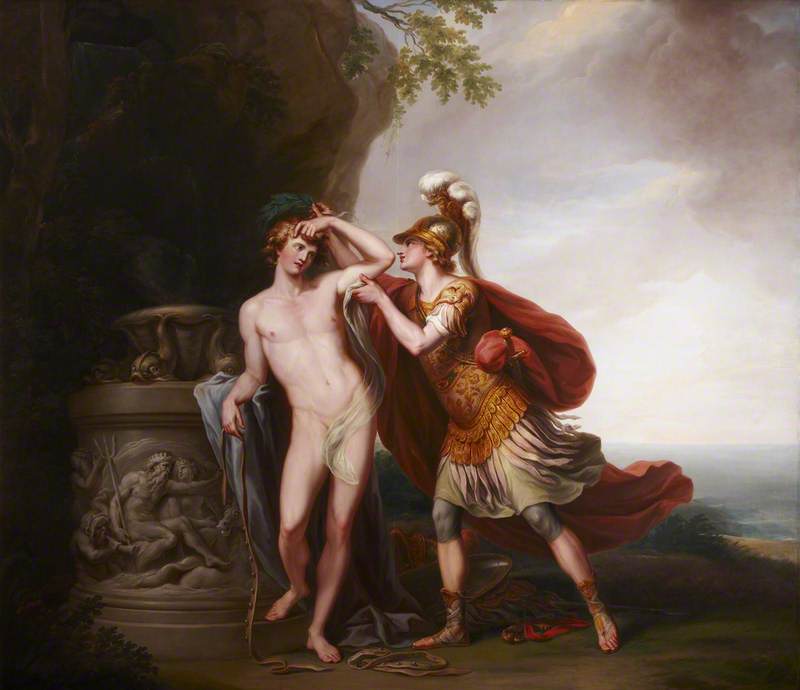
They're the zodiac sign Gemini's twins, and are thought to bring luck to shipwrecked sailors. The picture of Neptune, god of the sea, on the urn alludes to this.
The painting was originally commissioned from Giovanni Battista Cipriani for Houghton Hall, Norfolk. He was an Italian immigrant much sought after as decorator of aristocratic mansions. Lord Belmore acquired it in 1990 for Castle Coole in Enniskillen.
An Animal Scene
A troop of animals on a journey have halted in an exotic landscape. The eclectic mix gathers together laden with household wares. A cow peeps in on the right.
The scene evokes a Biblical migration – but are they travelling alone? Or do they have a human companion? The artist himself, perhaps?
Lough Erne at Enniskillen with Castle Barracks in the Middle Distance
This idyllic view is on the stretch of river connecting two lakes forming Loch Erne, the second biggest loch in Northern Ireland.
Lough Erne at Enniskillen with Castle Barracks in the Middle Distance
c.1780/1795
Irish School 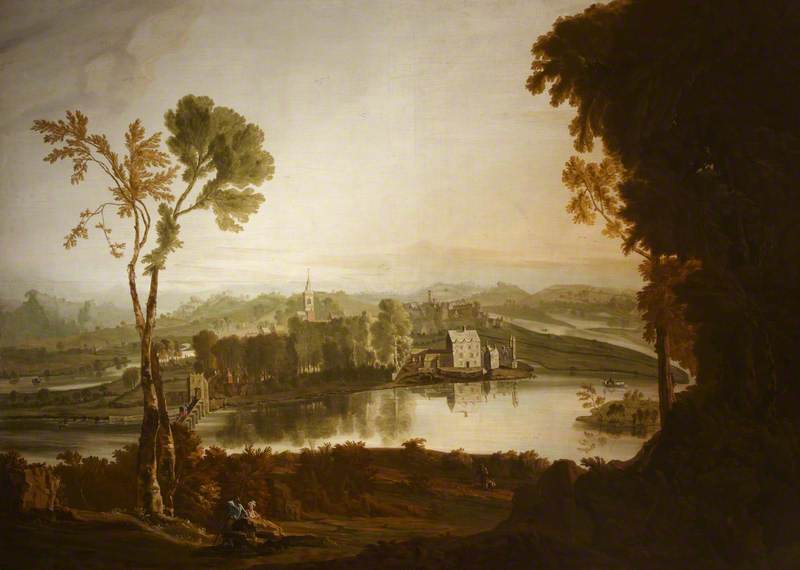
What captures the eye is the nostalgic muted tones. It's an unusual technique for oil paintings, and is probably inspired by watercolours or coloured prints.
This work is one of a trio of Irish landscapes commissioned by the Enniskillen family from a travelling artist whose identity has since been lost.
A Woman in a Green Velvet Hood
Who is this young lady sitting in a plain interior, alone and lost in thought?
Her expression is perhaps too serene to be a stock character face, popular with Dutch and Flemish artists in the seventeenth century.
We will probably never know who she is: her identity has been lost and she leaves no clues to it.
This painting is, however, thought to be by the precociously talented Jan Lievens, who worked alongside Rembrandt in the Netherlands, before coming to the English court of Charles I in 1632.
John Staples Molesworth Lenox-Conyngham (1831–1851)
Rather than an ostentatious portrait, this is an honest portrayal of a young gentleman in his checked hunting clothes, complete with dog and gun.
John Staples Molesworth Lenox-Conyngham (1831–1851)
mid-19th C
British (English) School 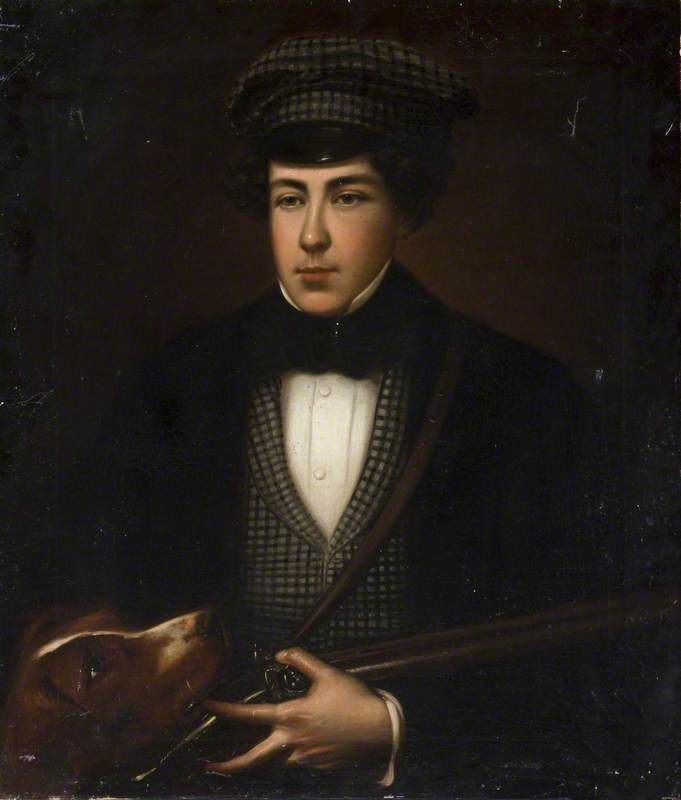
Jack was the second son of William I. Lenox-Conyngham of Springhill, who sadly died of typhoid fever at the early age of 20. It was probably painted by a local artist, possibly after the sitter's death.
The Tilt Hammer and Guillotine, Patterson's Spade Mill, Templepatrick, Co. Antrim
Patterson's in County Antrim was the last surviving, water-driven working spade mill in the UK. Jack Crabtree, well known for depicting the South Wales coal industry, was commissioned to paint this by the National Trust's Foundation for Art scheme.
The Tilt Hammer and Guillotine, Patterson's Spade Mill, Templepatrick, Co. Antrim
c.1991/1992
Jack Crabtree (b.1938) 
This is one of a group of powerful works he created with striking imagery from grim industrial subject matter.
The Honourable Edith Helen Chaplin (1878–1959), Marchioness of Londonderry, DBE, with Her Favourite Greyhound, 'Fly'
Philip Alexius de László was a fashionable Hungarian society artist. Here, he portrays Edith striding boldly through a landscape against a dramatic sky.
She's holding her great-grandmother's riding crop, a gift from the Prince Regent.
De László painted Edith a number of times, including in Women's Army Auxiliary Corps uniform during the First World War.
Frances Bailey and Demelza Parker-Williams, Curators, National Trust
This story first appeared on the BBC Arts website
